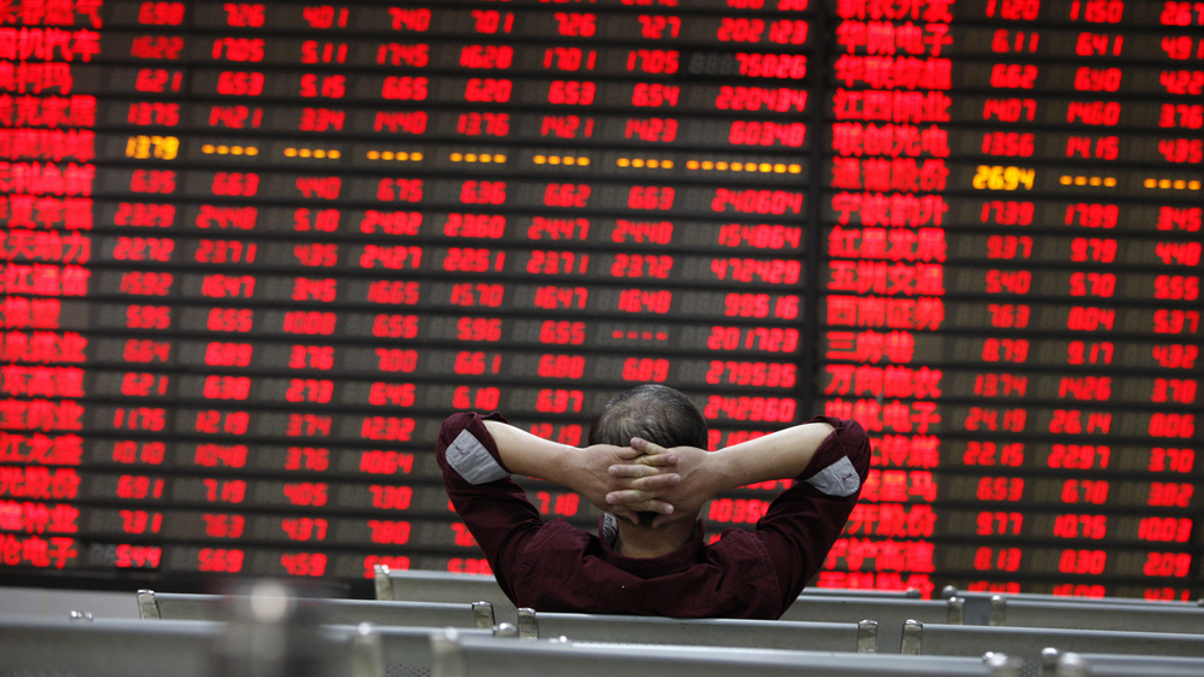China goes up on equity investors’ 2H list
Chinese equities are gaining favour from a global allocation perspective in the renewable, electric vehicle supply chain, and industrial automation space. Meanwhile, doubts over the consumer sector remain under the country’s Covid Zero policy.

Chinese equities are back under portfolio managers’ radar in the second half of 2022, as China starts to materialise its loose monetary policy and stimulus packages while coming out of Covid lockdowns and an emerging markets selloff.
Sign In to Your Account
Access Exclusive AsianInvestor Content!
Please sign in to your subscription to unlock full access to our premium AI resources.
Free Registration & 7-Day Trial
Register now to enjoy a 7-day free trial—no registration fees required. Click the link to get started.
Note: This free trial is a one-time offer.
¬ Haymarket Media Limited. All rights reserved.


